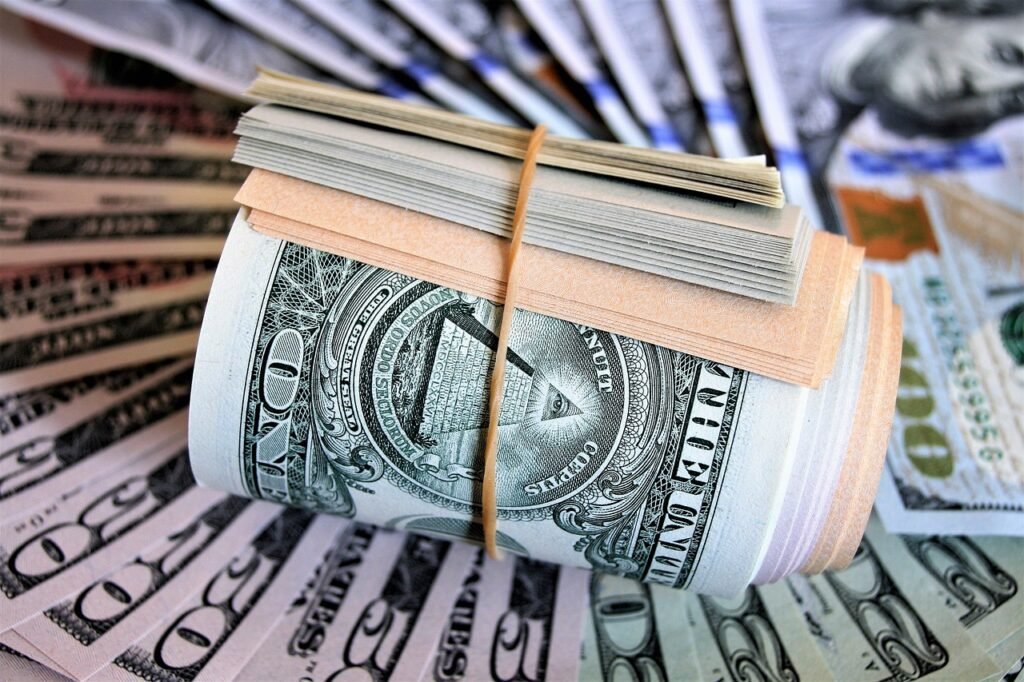TL;DR:
- Laissez faire economics vs socialism represents two opposing economic systems.
- Laissez-Faire Economics:
- Origin: Enlightenment, gained traction during the Gilded Age.
- Key Figures: Adam Smith.
- Features: Minimal government intervention, private ownership, self-regulating markets based on supply and demand.
- Pros: Encourages innovation, economic growth, competition.
- Cons: Increases economic disparities, lacks safety nets, potential for monopolies.
- Socialism:
- Origin: Critique of industrial capitalism by Karl Marx and Friedrich Engels.
- Features: Public ownership, government intervention, wealth redistribution.
- Pros: Reduces inequality, provides social welfare, promotes social justice.
- Cons: May hinder innovation, increase bureaucracy, reduce work incentives.
- Historical Context: U.S. preferred laissez-faire; Russia embraced socialism post-1917 revolution.
The contrast between laissez faire economics vs socialism represents one of the most significant debates in economic theory. These opposing systems offer different visions for how economies should function and who should control resources. Laissez-faire advocates argue that economic freedom and minimal government intervention create the best conditions for innovation and growth, even though this may result in wealth inequality. Socialist supporters maintain that government control of the economy is necessary to ensure fair distribution of resources and protect workers’ interests. This fundamental disagreement about economic organization continues to influence policy decisions and political debates worldwide, shaping how different countries approach issues of regulation, ownership, and wealth distribution.
Principles of Laissez-Faire Economics
Laissez-faire economics began during the Enlightenment, promoting minimal government intervention in businesses. This hands-off approach gained traction in the United States during the Gilded Age. Thinkers like Adam Smith believed that free markets, operating without interference, could provide more goods at lower prices, benefiting everyone. The idea was that economic freedom, without government meddling, would naturally lead to prosperity.
At its core, laissez-faire relies on private ownership and voluntary exchanges. Individuals or businesses own resources and trade freely without external constraints. This system fosters a setting where entrepreneurs can innovate and compete, believing their success depends on offering valuable goods and services. The lack of heavy regulation is thought to spur a more dynamic and responsive market.
In a laissez-faire system, market conditions are driven by supply and demand. If demand rises, so do prices, leading to increased production until balance is achieved. Conversely, if demand drops, prices fall, and production slows. This self-regulating mechanism is seen as ideal for balancing supply and demand without outside interference. It relies on the belief that markets can correct themselves over time.

However, laissez-faire economics is not without criticism. Supporters argue it leads to efficient resource use and innovation, but critics highlight its potential for economic disparity and exploitation. Detractors also link it to social Darwinism, where only the strongest succeed, often harming the vulnerable. Balancing economic liberty with ethical concerns remains a central debate in this ideology.
Foundations of Socialism
Socialism emerged as a critique of industrial capitalism’s inequalities. Karl Marx and Friedrich Engels were key figures, critiquing capitalism in “The Communist Manifesto.” They argued capitalism widened the rich-poor gap and proposed socialism to bridge it. Socialism calls for communal ownership of production means to stop exploitation by capital owners.
Central to socialism is public ownership, where resources and industries are collectively owned. This approach aims to distribute wealth fairly among the population. By controlling resources at a community or state level, socialism seeks to ensure equal opportunities for all, reducing capitalism’s disparities. Wealth distribution mechanisms include progressive taxes and public services.
Government intervention is crucial in socialism, aiming for economic equality. By regulating industries and overseeing resource distribution, the state ensures basic needs are met. This includes social welfare like healthcare and education to promote equity. The government’s role is to protect public interest and prevent power concentration among a few.
Socialism offers pros and cons. It promotes social welfare and reduces poverty and inequality. Yet, challenges in efficiency and innovation arise. Critics say government control can cause bureaucracy and stifle creativity since profit isn’t the main motivator. Balancing social welfare with economic efficiency is a major challenge in socialist systems.
Historical Contexts: Laissez-Faire and Socialism
Laissez-faire economics gained momentum during the Industrial Revolution, especially in the United States. This period marked a shift from agrarian to industrial economies, emphasizing minimal government intervention. The belief was that free markets, driven by self-interest and competition, would lead to innovation and prosperity. In the U.S., laissez-faire aligned with values of individualism and economic freedom, allowing businesses to thrive without regulatory constraints.
Conversely, socialism responded to capitalism’s perceived inequalities. Marx and Engels critiqued worker exploitation in “The Communist Manifesto,” inspiring socialist movements. Historical examples include Germany’s 1860s social democracy and Russia’s 1917 Communist Revolution, aiming for classless societies through wealth redistribution and social justice.
The historical impacts of both systems reveal distinct paths. Laissez-faire led to rapid industrial growth and innovation but often resulted in economic disparities. Socialism, while promoting equality, sometimes struggled with efficiency due to state control. The U.S. favored laissez-faire, emphasizing freedom over equality, while Russia experimented with socialism, seeking to address economic injustices.
Real-World Applications and Outcomes
Laissez-faire economics focuses on minimal government intervention, leading to heightened economic efficiency. Businesses operate freely, driven by supply and demand. This freedom can spark rapid innovation and growth but often results in economic disparities, favoring large corporations over small ones without regulatory oversight.
In contrast, socialism emphasizes reducing inequality through state control and social welfare programs. By redistributing resources, socialism ensures everyone’s basic needs are met. The public sector manages resources and provides essential services like healthcare and education. While promoting social equity, it can reduce economic efficiency due to bureaucratic processes and less individual motivation for innovation.
Real-world examples illustrate these principles. The U.S. has shifted from pure laissez-faire with more government intervention in healthcare and financial regulation. This approach balances free-market benefits with safeguards against economic disparities. Sweden’s welfare state, meanwhile, successfully implements socialist principles, offering extensive social services funded by higher taxes to support a high living standard and reduced inequality.
Both systems face challenges. Laissez-faire struggles with social equity as economic freedom can create unchecked disparities. Socialism grapples with economic efficiency, with state control affecting resource allocation and innovation incentives. The ongoing debate highlights the challenges in balancing economic efficiency and social equity.
Comparing Laissez-Faire Economics and Socialism
The debate between laissez-faire economics and socialism centers on individualism versus collectivism. Laissez-faire values individual freedom and self-interest, driving economic growth with minimal government interference. Decisions cater to personal needs. Socialism embraces collectivism, prioritizing community needs through government intervention to ensure equal benefit distribution.

Key comparisons include economic freedom and equality. Laissez-faire champions freedom, allowing pursuit of personal financial goals with limited regulations, leading to innovation and growth but also inequalities. Socialism prioritizes equality, aiming to level the playing field through redistribution and welfare programs. While reducing wealth gaps, it might stifle personal initiative and efficiency.
- Laissez-Faire Pros: Encourages innovation, competition, minimal regulation, rewards entrepreneurship, economic growth.
- Laissez-Faire Cons: Increases economic disparities, lacks safety nets, could lead to monopolies, limits public welfare, unregulated unethical practices.
- Socialism Pros: Reduces wealth inequality, provides safety nets, ensures essential services, promotes social justice, focuses on community welfare.
- Socialism Cons: May hinder innovation, overregulate, reduce work incentives, increase bureaucracy, limit individual financial freedom.
Adopting either system impacts society significantly. Laissez-faire can lead to dynamic, competitive markets but may leave vulnerable populations unsupported. Socialism seeks equity and essential needs access but struggles with dynamism and personal freedoms. Each system reflects societal values: individual success or collective well-being.
Final Words
The debate between laissez faire economics vs socialism highlights the supreme importance of economic freedom in driving prosperity. Laissez-faire economics unleashes the power of individual initiative and market forces, creating environments where innovation thrives and efficient resource allocation occurs naturally through competition. While socialism attempts to address inequality through government control, history has shown that this often comes at the cost of reduced productivity, innovation, and personal liberty.
The evidence of rapid technological advancement and economic growth in free-market economies demonstrates the superior outcomes of laissez-faire principles. Though pure laissez-faire systems may have some drawbacks, their core emphasis on economic freedom and minimal government intervention has proven to be a more reliable path to national prosperity and individual opportunity than centralized economic control. Understanding these systems helps us appreciate why protecting market freedoms, while maintaining only essential regulations, creates the most dynamic and prosperous economies.
FAQ
What is the difference between laissez-faire and socialism?
Laissez-faire promotes economic freedom with private ownership and minimal government. Socialism advocates public ownership and government intervention to ensure economic equality.
Did socialists oppose laissez-faire?
Socialists opposed laissez-faire due to its lack of regulation and inequality. They seek government control to redistribute wealth and ensure fairness.
How did the followers of socialism differ from the laissez-faire philosophy?
Followers of socialism support public ownership and welfare programs to reduce inequality. In contrast, laissez-faire champions private ownership and free markets for economic growth.
Is laissez-faire economics the same as capitalism?
Laissez-faire is a type of capitalism focused on minimal government and free markets. It’s not identical, as capitalism can include regulated economies too.

